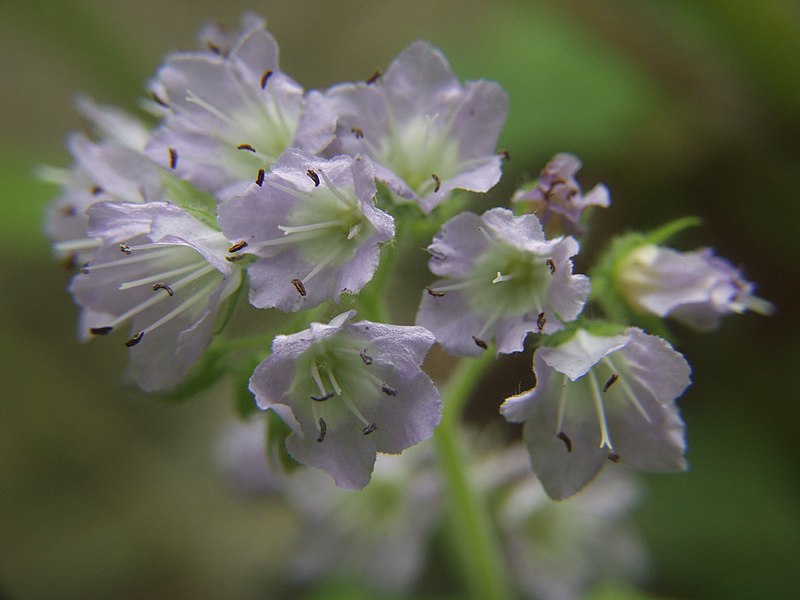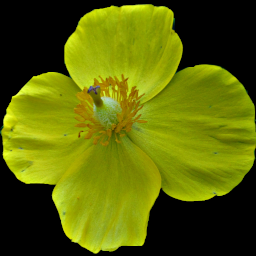
Every year we return to this patch of Appendaged Waterleaf in Beechview, and so far, in spite of the menaces of nearby Japanese Knotweed (Fallopia japonica), it survives and even flourishes. Here are four new pictures, and we repeat what we have said previously about this plant:
A somewhat uncommon plant in western Pennsylvania, but abundant here at the side of a wooded street in Beechview, where it was blooming in mid-May. To judge by the way it grew here, it likes moist soil at the edge of the woods. The family resemblance to the more common Virginia Waterleaf is obvious, but the flowers of Appendaged Waterleaf are a middle blue or blue-violet color, and the leaves are maple-shaped.


Gray describes the genus and the species:
HYDROPHYLLUM [Tourn.] L. WATERLEAF
Calyx 5-parted, sometimes with a small appendage in each sinus, early open in the bud. Corolla bell-shaped, 5-cleft; the lobes convolute in the bud: the tube furnished with 5 longitudinal linear appendages opposite the lobes, forming a nectariferous groove. Stamens and style mostly exserted; lilainents more or less bearded. Ovary bristly hairy (as is usual in the family); the placentae soon free from the walls except at the top and bottom. Capsule ripening 1-4 seeds, spherical.—Perennials, with petioled ample leaves, and wvhite or bluish-purple cymose-clustered flowers. (Name formed of hydor, water, and phyllon, leaf; of no obvious application.)
H. appendiculatum Michx. Hairy; stem-leaves palmately 5-lobed, rounded, the lobes toothed and pointed, the lowest pinnately divided; cymes rather loosely flowered; filiform pedicels and calyx bristly-hairy. Damp woods, N. Y. and Ont. to Minn., and southw. May, June.)

















